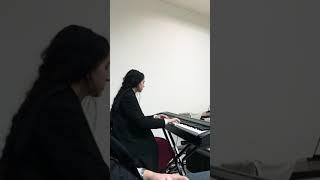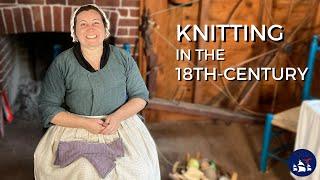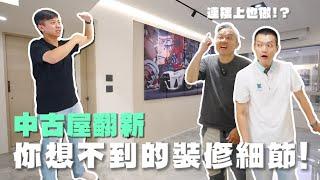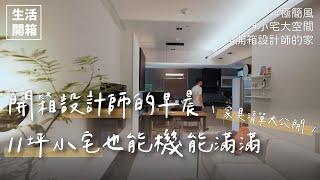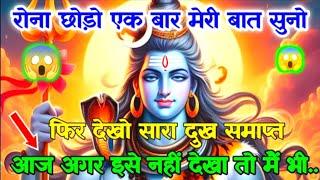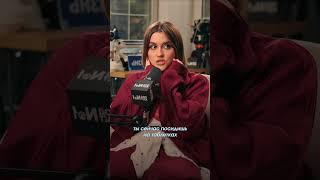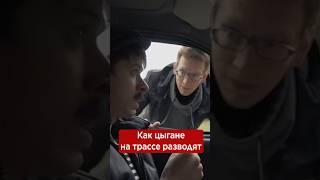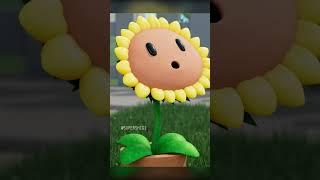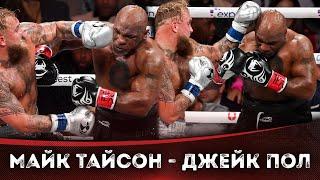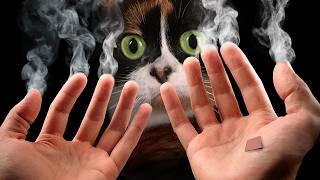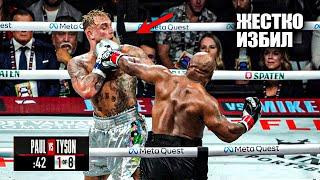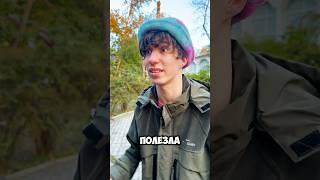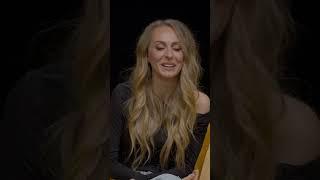Комментарии:

Thank you! Very interesting. I've been a hand spinner and knitter for over 40 years. I think I was born in the wrong era. Do you spin with the walking wheel behind you? Thank you again.
Ответить
That would have been very warm but very itchy.
Did they wear garments under the wool??

I would love more videos about textiles, knitting and wool, especially with this host. She was a hoot.
Ответить
"I learning more about 18th century textiles is something you are into, please let us know"
YES
YES TO ALL OF IT
Thank you Carrie!

I would absolutely love more detailed videos on their knitting. I knit continental currently, but am looking to more historically accurate methods to teach myself and my children.
Ответить
Is that a walking wheel in the background? I would love to see how fibers were dealt with and spun. So interesting to learn how fine their stitches must have been with those small needles!
Ответить
Wow amazing information about knitting
Ответить
I'm a spinner and I LOVE knitting with my own homespun!
Ответить
Where did the knitters get their patterns? Were they handed down, I doubt everybody had access to printed materials.
Ответить
Love this! I still prefer to use stocking-needles (as we call double ended needles) to cable needles when knitting socks or gloves. The clickety sound it makes is just soooo comforting, and as soon as you have your work going I never have a problem with them either. Will give your glove pattern a go! They look lovely 🥰
Ответить
More about kbitting, please! 😊
Ответить
I would like to see more on knitting e. g. Go over specific knit garments from the period
Ответить
Hi! Did 18th -century americans use other plantfibres? I know in Finland was quite popular to use nettle and hemp fibres along with linen until early 19th. I don't know why but I guess that new knitting machines was better handling linen and wool than nettle and hemp and that trend maybe followed to homes and in knitting with hands also. Does enybody have better informaation about this topic? (Sorry my poor englis).
Ответить
Thank you for this! Always fascinating to understand where, in the development of a certain technique, people were in a specific era! 😊
Ответить
Keep up the good work 🙂. Welcome to me 🙂
Ответить
Yes please! More "womens" work.
Ответить
As a Canadian knitter, I still have some needles in pre-metric gauge sizes, and I thought it was so cool to learn that those came from BWG numbers when I read A History of Handknitting. It wasn't until I watched this video that I realised that that likely came about not just because it was a convenient scale in the right size range, but because the needles/pins were probably made from the wire.
Ответить
Love a left handed knitting queen (I'm also a left handed knitter lol) This was a cool video!!
Ответить
I loved this video! Was knitting practiced by wealthy women, like embroidery and needlework? Or was it more of a practical craft practiced by middle and lower class women? Thanks!
Ответить
I always get a chuckle out of people who ask about gauge, yarn weight, and needle size in historical patterns. What size needles? What size do you have? What weight yarn? Well, how thin did you spin your wool? Gauge? Just increase or decrease if it is too big or too small.
Ответить
This is wonderful, thank you ❤
Ответить
Didn't they use a marker of some type. How many double pointed needles are you using. I use five for my stockings
Ответить
Thank you so much for sharing!
Love to see more videos about knitting, sewing, and other crafts.
Is it possible to buy the patterns you are showing in the video? That would be great!

Is there a standard English term for creating textured patterns via purl stitches? My translation of Knitting in the Nordic Tradition refers to that as damask knitting, but searching for "damask knitting" mostly brings up modern knit lace patterns named damask something-or-other.
Ответить
I'm a right handed person and yes, I knit right to left but I nålbind and sew right to left!
Ответить
Worsted and thicker yarns are very much a US thing. While they do exist, theyre certainly not the most commonly used yarns elsewhere.
Ответить
Would love a spinning video especially with that great wheel if it works
Ответить
Do you have any documentation for knit linen hose/stockings?
Ответить
Great video but the music is distracting and makes it hard to hear clearly
Ответить
Your 19th century music is really distracting. It’s just so incongruous that I can’t pay attention to your words…
Ответить
I love dpk. There is just something so zen about working with double points.
Ответить
Hi fellow knitting Lefty!!!
Ответить
I'm left handed too, but I learned to knit right to left.
Ответить
Enjoyed the podcast but found the music distracting
Ответить
Very interesting. But what are mitts??? Are they an American thing? The things you showed looked so strange. I couldn't tell on what part of the body you wear them.
Ответить
I was personally curious if all the twisted stitches on the mitts were intentional. It makes my hands hurt to think of knitting through the back loop so much!
Ответить
This is how my great aunt taught me to cast on stitches when I was 4 years old. Then I grew up and my new Australian friends taught me a different cast on method.
Ответить
So interesting, thank you!
Ответить
Very informative! Thank you!
Ответить
Fascinating content, wonderful presentation! Very impressed watching you cast on dpns in the round while speaking to us. Wow!
Your mitts are beautiful!

My mother knitted for the soldiers in WW2 and the emphasise in her voice when mentioning 5ply in relation with this period of time made it obvious that 5ply at this time was considered very bulky, not something an experienced knitter would choose. By the way I was once asked to teach a knitting class, unfortunately only 2 people signed up so it didn't t happen but I discovered 19 ways to cast on.
Ответить
It's really easier to cast them all on one needle, then divide between the needles on row two. It avoids holes in that first row -- and I'm always in favor of less aggravation when it comes to knitting so tiny!!
Ответить
I still have a long pin that was part of a set of six that my great great grandmother used back in the 1800s. She spun her own wall from their sheep and knit and wove with it.
Ответить
Oh I'd love to see how to felt knitting
Ответить
Im left handed, but i knit lever English style. Im not a thrower, I'm a flicker. Continental knitting isnt necessarily faster than lever English style.
Ответить
Interesting topic but so hard to see exactly how to knit! It looked like somebody learning to knit - perhaps because the knitter was left handed.
Ответить
Thank you for the interesting and informative video! I watched while knitting. :)
Ответить
actually wool sponges are the best! the scratchier the wool the better, too, because the scales on the wool fibers act as microabraision. antibacterial and wicks moisture away, these will dry faster than linen and scrub better. I actually gave up entirely on cellulose sponges because a little swatch left over from gauge swatching for a knit project is the best sponge ive ever used! they eventually felt into a swatch of fabric so strong and dense you could literally sew them up to make a pair of quilted felt shoes. when the shoes wear out you can compost the fibers in the garden. its a gift that keeps on giving! lol. I havent tried the shoes myself, but the end of the sponges life really is that strong that i’ve certainly thought of doing it.
Ответить
